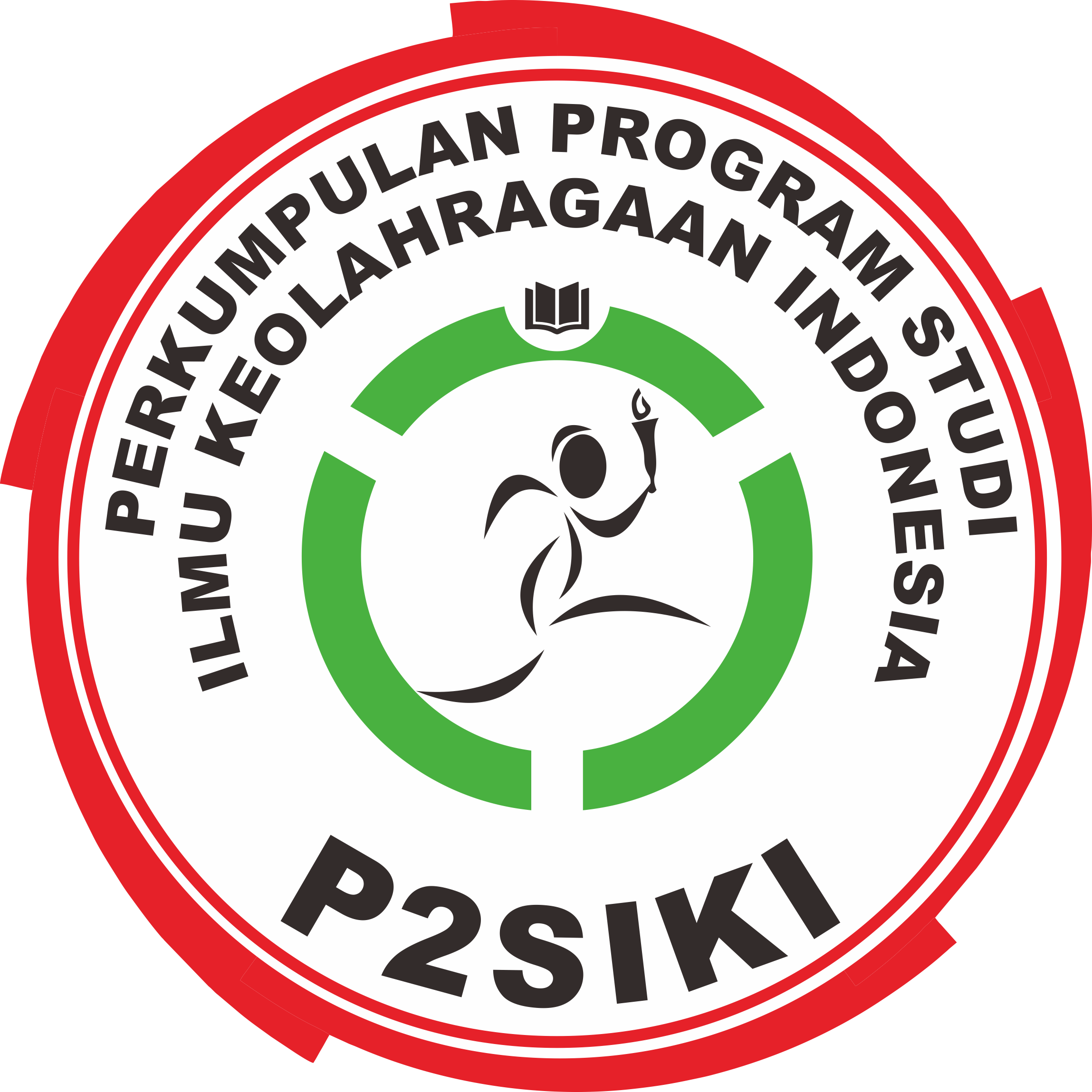Perkembangan Keseimbangan pada Anak Usia 7 s/d 12 Tahun Ditinjau dari Jenis Kelamin
(1) Jurusan Ilmu Keolahragaan, Fakultas Ilmu Keolahragaan, Universitas Negeri Semarang
Abstract
Keywords
Full Text:
PDFReferences
Bompa, Tudor O. 1994. Theory and Methodology of Training, The Key of Atletic Performanc,3th Edition. Kandall/Hunt: Publishing Company.
Bloomfield, Ackland, and Elliot. 1994. Applied Anatomy And Biomechanics in Sport.Australia : Blackwell Scientific Publications.
Drowatzky, John N. 1981. Motor Learning Principles and Practices. Minnesota: Burgess Publishing Company.
Edu. 2010. HubunganAnatarKecepatanRekasi, FelsksibilitasSendiPanggul, Dan KeseimbanganSecaraBersama-SamaDenganHasilSepakMula. UPI.http://repository.upi.edu/operator/upload/s_kor_0807700_chapter2.pdf. diunduhpadatanggal 4 februari 2013.
Elham Cahyantoro. 2011. Perkembangan Fisik Dan Motorik Anak Besar. http://mbenxxcaem.blogspot.com/2011/09/perkembangan-fisik-dan-motorik-anak.html, diunduh 10 juni 2012.
Endang R. S., Panggung S., dan B. Suhartini. 2007. Diktat PengembanganMotorik. UNY.Yogyakarta
Fahmi Hidayatullah. 2012. PerkembanganFisik Dan MotorikAnakBesar .http://studysport.blogspot.com/2012/03/normal-0-false-false-false-en-us-x-none.html, diunduh 10 juni 2012.
Gallahue, David L. Dan Jhonson, C. Ozmun. 1998. Understanding Motor development; infant, children, adolescence, adults 4th edition. New York: McGraw-Hill Companies, Inc.
Haywood, Kathleen M. 1986. Life span motor development. Illinois: Human Kinetic Publisher Inc.
Refbacks
- There are currently no refbacks.
Published by:
Department of Sport Science, Universitas Negeri Semarang
Gd. F1 Lt. 1 FIK-UNNES, Jalan Raya Sekaran Gunungpati Semarang Indonesia 50229, Telp/Fax: (024) 8508007
This work is licensed under a Creative Commons Attribution 4.0 International License.




